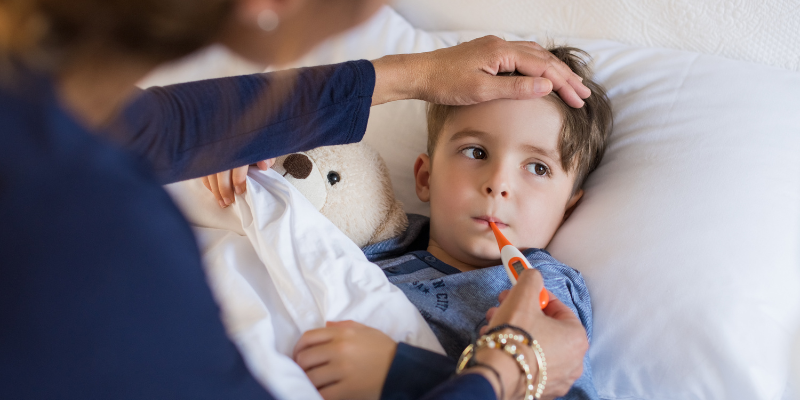Flu, RSV and COVID-19 Information Hub
The transition to fall and winter often marks the start of cold and flu season. As the weather grows colder and indoor holiday gatherings become more common, we typically see an influx of children coming to the emergency department with symptoms of the common cold, flu, RSV, rhinoviruses and various other respiratory illnesses, including COVID-19.
Valley Children’s has developed this hub of resources to keep you informed and help answer questions you may have this cold and flu season.
Resource Spotlight

Cold, flu, RSV, or COVID-19?
How can you tell the difference between a cold, the flu, RSV and COVID-19? Our experts share advice.
Learn more
Babies and RSV
Learn more about RSV, why babies are at particular risk, and how you can prevent an infection.
Learn more
Flu and RSV Media Hub
Get downloadable flu and RSV resources to share with your community on social media.
Visit the media hubPreventing Flu and RSV
Respiratory viruses like the flu and RSV are common during the the fall to early spring months, typically from October-March. Thankfully, there are many ways you can help prevent getting sick with a respiratory virus, and ways we can all stop the spread of germs. Learn more about simple precautions we can all take to keep our kids, families and communities healthier.

What does RSV look like in babies?
Respiratory syncytial virus, or RSV, is a common virus that typically causes cold-like symptoms, like a sore throat, runny nose, cough and fever. For babies, young children, and children with complex medical conditions, RSV may become very serious. Watch the video from the American Academy of Pediatrics (AAP) to learn more about serious symptoms of RSV to watch for in your baby.
